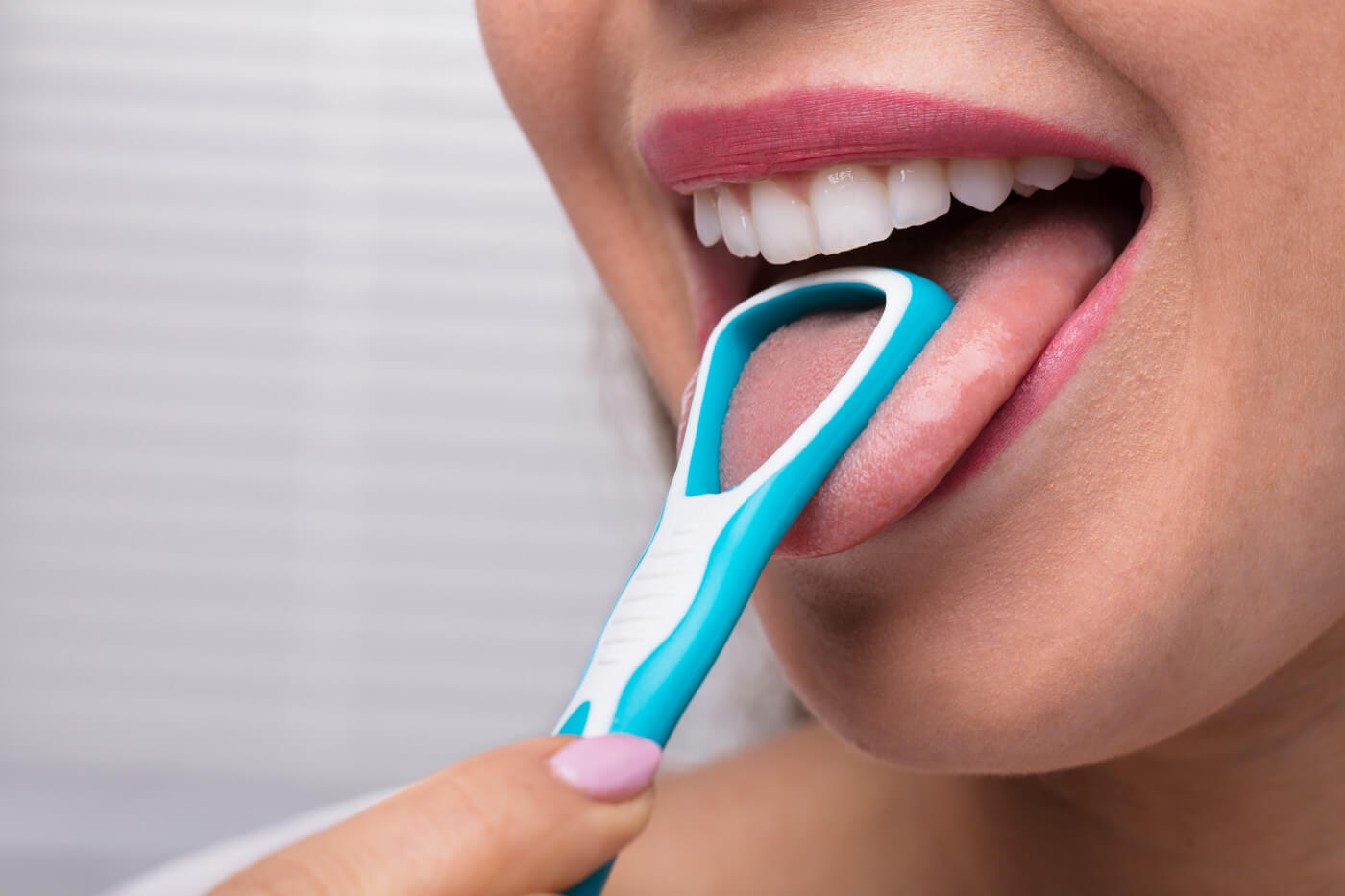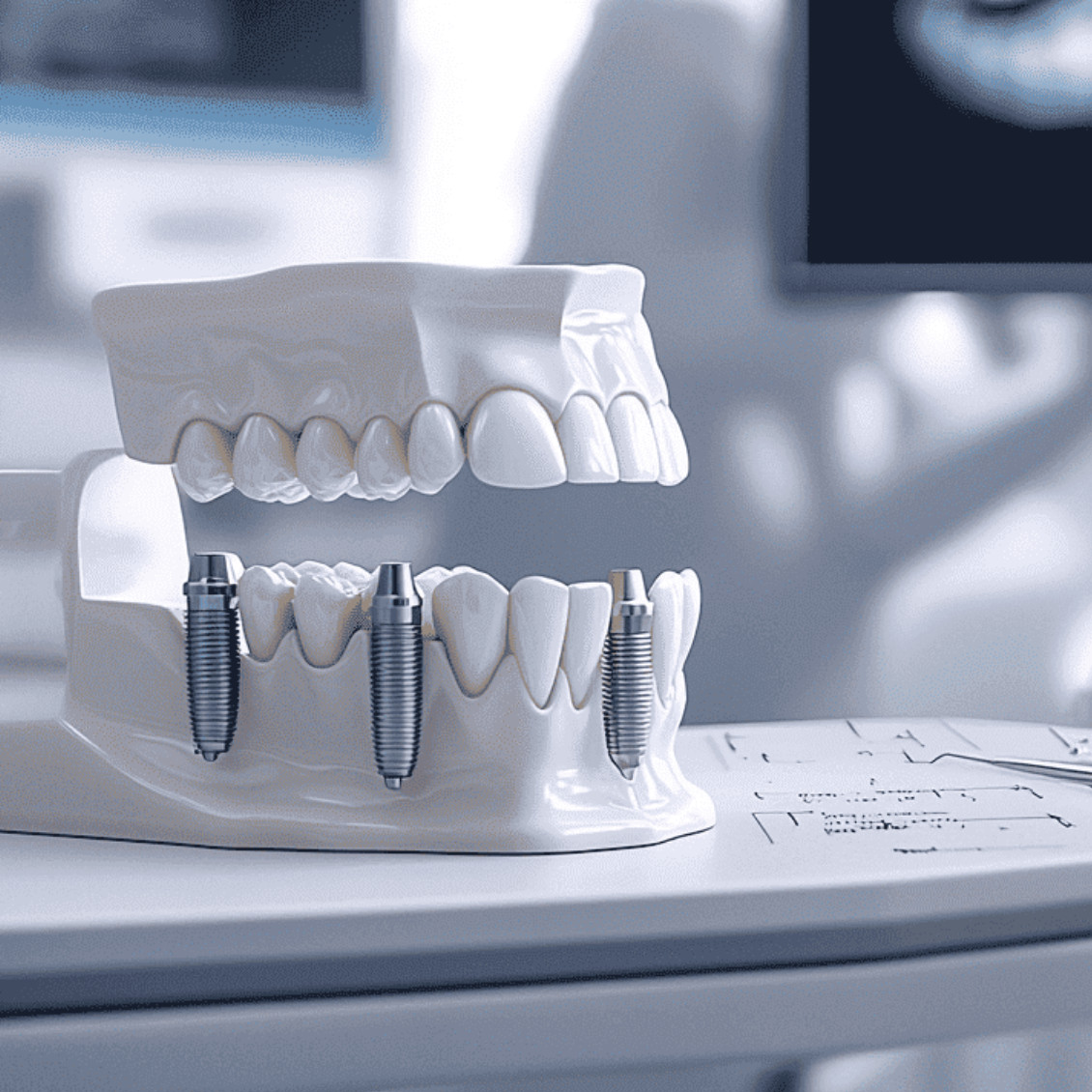A Comprehensive Guide to Tongue Health
Your tongue is a crucial part of your oral anatomy, helping you chew, swallow, and taste. Furthermore, it is a window into your health status. Changes to your tongue's appearance can signal various health issues, from vitamin deficiencies to oral cancer. Read on to learn about the characteristics of a healthy tongue, signs of concern, and tips for proper care.

A HealthyTongue
A healthy tongue is usually round, symmetrical, and light pink in color. For individuals with darker skin tones, slight purple or brown pigmentation is also common. The tongue is covered with small bumps called papillae, which help sense temperature and containtaste buds.
Diet Influences
If you just peeked at your tongue and noticed it is not as pink as you thought, do not panic. Your diet can affect your tongue's color each day since the papillae take in the hues and remnants of what you eat ordrink. Food coloring and dyes, commonly found in candy and desserts, can temporarily alter the color of the tongue. Additionally, coffee, tea, and curries can leave brown stains. Maintaining good oral hygiene and hydration naturally cleans away these dyes and residue.

Signs of Concern
If you notice significant changes in the color or texture of your tongue, itisimportant to schedule an appointment with your dentist or healthcare provider. Most conditions are treatable but mayrequireimmediatemedicalattention.
A White Tongue
A thin white coating on the tongue is normal and usuallynot a cause for concern. This coating, made of a protein called keratin, protects your tongue from scratches. However, thick, white patches or lines should be evaluated by a medical professional.
Common Conditions that Cause a White Tongue:
- Oral Thrush: Thick, white patches on the tongue and soft oral tissues, known as oral thrush, result from an overgrowth of the Candida albicans fungus. This fungal infection commonly affects infants, young children, seniors, diabetes patients, and individuals who wear dentures. While oral thrush can go away on its own, antifungal medications may be requiredto clear it.
- OralLichenPlanus: The appearance of white, lace-like lines on the tongue indicatesoral lichen planus, an ongoing inflammatory condition. While non-contagious, seeking a formal diagnosis from your doctor is crucialtomonitorthe condition and receivemedications for symptom management.
- Leukoplakia: Leukoplakia causes thick white patchesto developon the tongue and the mouth due to cell overgrowth. This growth is often benign but can also be cancerous. With a projected 19,360new cases of oral cancer in 2024, it isessential to seek an oral cancer screeningfrom yourdentistif you have white patches on your tongue.
A Red Tongue
A tongue that appears redder than its usual pink hue can be concerning depending on the underlying cause. While some reasons for a red tongue are harmless, others may indicate more serious health issues.
Common Conditions that Cause a Red Tongue:
- Geographic Tongue: Red patches with white borderscan indicatea chronic, inflammatory condition known as geographic tongue. Up to2.5 percentof the populationhas this harmless condition.While treatment is not usually needed, your primary healthcare provider can prescribemedications tomitigate symptoms.
- Vitamin B Deficiencies: Deficiencies in vitamins B-9 or B-12 can cause the tongue to take on a red hue.This vitamin plays a vitalrole in various bodily functions, including energy production, brain function, and cell metabolism. A blood test from your primary healthcare provider can detect vitamin deficiencies.
- Kawasaki Disease: A high fever coupled with a tongue displaying a strawberry-like appearancemight suggest Kawasaki disease,often seen in children under 5. This disease mainly impactsthe heart and blood vessels. Prompt treatment at a hospital is required topreventheart problems from developing.
- Scarlet Fever: Scarlet fever typicallyaffects children and is characterized by a bright red rash that covers most of the body. It can also cause the tongue to take on a strawberry-like appearance with large bumps. This bacterial illness is treatable but requires immediate medical intervention, typically with antibiotics, to prevent serious complications.
A Yellow Tongue
A yellowtongue is commonly a result of an overgrowthof bacteria. Common causes include smoking, chewing tobacco, certain vitamins, and psoriasis. If a yellow tongue is accompanied by yellowish skin and eyes, it may indicatejaundice,which requires immediate treatment, although this is rare.
A Black and Hairy Tongue
Although a black, hairy tongue may sound alarming, it is usually harmless.The appearance is due to bacterial overgrowth, causing an increase in papillae and making the tongue look hairy.This can occur due to poor oral hygiene, antibiotic use, chemotherapy treatments, and diabetes.
A Sore and BumpyTongue
Tobacco use, canker sores, accidental biting, and burns can all cause temporary soreness or bumpson the tongue. Although most bumps and sore spots clear withintwo weeks, those that persist should bebiopsiedby a dentist to rule out oral cancer.

Caring for your Tongue
A tongue scraper is an essential oral hygiene tool that helps remove bacteria, keeping your mouth feeling and smelling fresh. This tool is available invarious shapes and sizes to accommodate all mouths, from toddlers to adults.Using a tongue scraper is simple: place the head of the scraper at the back of your tongue and pull it forward. Alternatively, you can use a toothbrush to gently remove bacteria in a similar motion.Since harmfulbacteria can grow back as quickly as you remove it, it is recommended that patients use a tongue scrapertwicea dayto keep bacteria at healthy levels.
Your tongue can reveal a lot about your overall health. By paying attention to changes in its appearance and maintaininggood oral hygiene, you can catch potential health issues early and keep your mouthhealthy. If you notice any persistent changes, do nothesitate to seek advice from our office.











